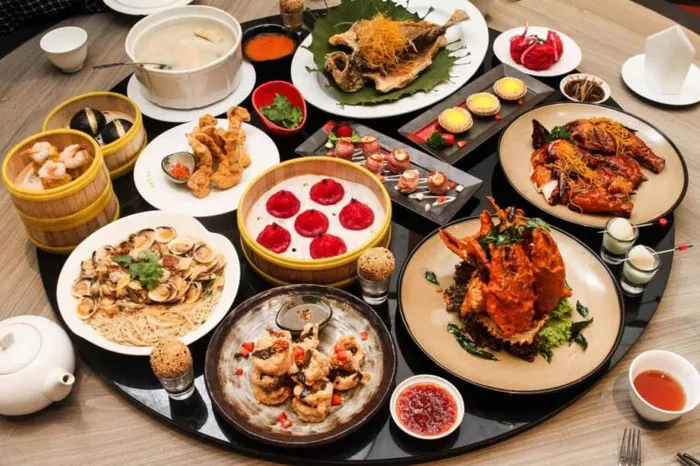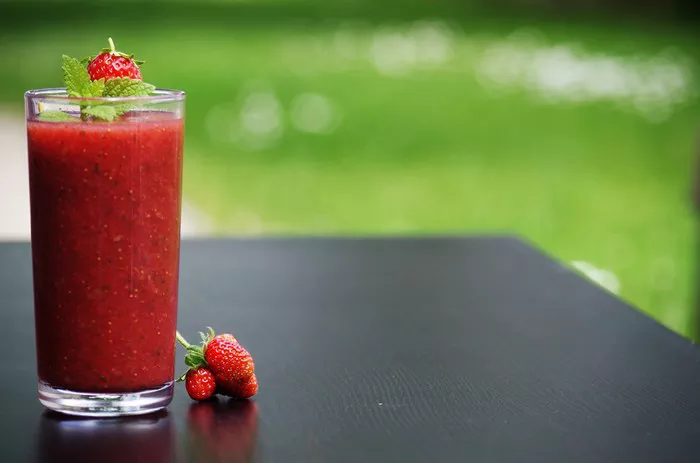Easter is a time for celebration, reflection, and gathering with loved ones. One of the most cherished aspects of this holiday is the traditional Easter dinner, a feast that brings families together around the table to share in the joy of the season. From succulent main courses to delectable side dishes and mouth-watering desserts, an Easter dinner is a culinary event that combines the best of tradition and taste.
The Symbolism and Significance of Easter Dinner
Easter dinner is steeped in symbolism, reflecting the themes of rebirth, renewal, and hope that are central to the holiday. This meal is often marked by the inclusion of specific foods that have deep cultural and religious significance. For Christians, Easter commemorates the resurrection of Jesus Christ, and the dinner is a celebration of this profound event. The foods served often carry symbolic meanings, representing new life, sacrifice, and resurrection.
The Main Course: A Centerpiece of Celebration
The main course of an Easter dinner is typically a showstopper, designed to impress and satisfy. While regional and cultural variations abound, there are a few traditional choices that are particularly popular:
1. Roast Lamb
Roast lamb is perhaps the most iconic Easter main course. This tradition dates back to ancient times and is rooted in the Jewish Passover, where a lamb was sacrificed and eaten as a symbol of deliverance. For Christians, the lamb symbolizes Jesus, the “Lamb of God,” who was sacrificed for the sins of humanity. A perfectly roasted leg of lamb, seasoned with garlic, rosemary, and other herbs, provides a tender, flavorful centerpiece for the meal.
2. Baked Ham
Baked ham is another beloved choice for Easter dinner. This tradition is especially popular in the United States and parts of Europe. Ham, often glazed with a mixture of honey, brown sugar, and mustard, offers a sweet and savory flavor that pairs well with many side dishes. Its rich taste and ease of preparation make it a favorite for many families.
3. Other Main Course Options
In addition to lamb and ham, other main course options can include roast chicken, turkey, or even a vegetarian centerpiece like a vegetable Wellington. These alternatives cater to diverse dietary preferences and can be just as festive and delicious.
Side Dishes: Complementing the Main Course
The side dishes served at Easter dinner are just as important as the main course. They add variety, color, and texture to the meal, creating a well-rounded and satisfying dining experience. Here are some classic side dishes that are commonly enjoyed:
1. Scalloped Potatoes
Scalloped potatoes are a creamy, cheesy delight that pairs perfectly with roast meats. Thinly sliced potatoes are layered with a rich sauce made from butter, cream, and cheese, then baked until golden and bubbling. This dish is a comforting and indulgent addition to the Easter table.
2. Spring Vegetables
Spring vegetables, such as asparagus, peas, and carrots, symbolize the renewal and growth of the season. These vegetables are often simply prepared, steamed or roasted, to highlight their fresh, natural flavors. A touch of lemon zest, a sprinkle of fresh herbs, or a drizzle of olive oil can enhance their taste while keeping the preparation straightforward and healthy.
3. Deviled Eggs
Deviled eggs are a staple at many Easter celebrations. Hard-boiled eggs are halved, and the yolks are mixed with mayonnaise, mustard, and spices before being piped back into the whites. These bite-sized treats are both visually appealing and delicious, making them a popular appetizer or side dish.
4. Hot Cross Buns
Hot cross buns are a traditional Easter bread, marked with a cross on top. These spiced, sweet buns often contain dried fruit and are typically enjoyed warm, spread with butter. The cross on top is a reminder of the crucifixion, adding a meaningful touch to the meal.
SEE ALSO: What Are Traditional Christmas Snacks
Desserts: A Sweet Ending
No Easter dinner would be complete without a selection of delightful desserts. These sweet treats provide a perfect ending to the meal and are often as symbolic as they are delicious.
1. Simnel Cake
Simnel cake is a traditional Easter fruitcake topped with a layer of marzipan. Historically, it was made for Mothering Sunday, which falls during Lent, but it has since become associated with Easter. The cake is often decorated with eleven marzipan balls, representing the apostles, minus Judas. Its rich, dense texture and sweet almond flavor make it a beloved Easter dessert.
2. Easter Bread
Easter bread comes in many forms, from Italian Colomba di Pasqua to Greek Tsoureki. These breads are often braided and may contain dried fruit, nuts, and spices. They are typically sweet and can be decorated with colored eggs or icing. Easter bread symbolizes new life and resurrection, making it a fitting conclusion to the meal.
3. Chocolate Eggs and Bunnies
Chocolate eggs and bunnies are modern Easter treats that delight both children and adults. The egg is an ancient symbol of new life, and its association with Easter has led to the tradition of exchanging and eating chocolate eggs. Chocolate bunnies are a more recent addition but are now an integral part of Easter celebrations, adding a playful and delicious element to the dessert table.
Beverages: Raising a Toast
Beverages play an important role in rounding out the Easter dinner experience. A selection of wines, juices, and teas can enhance the flavors of the meal and add to the festive atmosphere.
1. Wine
A well-chosen wine can elevate the Easter dinner. For those serving lamb, a robust red wine like a Cabernet Sauvignon or Merlot pairs beautifully with the rich flavors of the meat. A baked ham can be complemented by a slightly sweeter white wine, such as a Riesling or Gewürztraminer. For those who prefer non-alcoholic options, sparkling grape juice or apple cider can provide a festive touch.
2. Teas and Coffees
After the meal, a selection of teas and coffees can be offered to accompany dessert. Herbal teas like chamomile or mint can provide a soothing end to the meal, while a strong cup of coffee can be a welcome pick-me-up.
Setting the Table: Creating a Festive Atmosphere
The presentation of the Easter dinner table is as important as the food itself. A beautifully set table enhances the dining experience and reflects the joy and significance of the occasion.
1. Table Decor
Spring-themed decor, such as fresh flowers, pastel-colored napkins, and decorative eggs, can add a festive touch to the table. A centerpiece of blooming tulips or daffodils brings the beauty of the season indoors.
2. Place Settings
Elegant place settings with fine china, polished silverware, and sparkling glassware set the tone for a special meal. Personalized place cards can add a thoughtful touch, making each guest feel valued and welcomed.
Conclusion
A traditional Easter dinner is more than just a meal; it is a celebration of togetherness, tradition, and the joys of the season. From the symbolic main courses to the delightful side dishes and sweet desserts, every element of the dinner contributes to a memorable and meaningful holiday. Whether enjoyed with immediate family or a larger gathering of loved ones, Easter dinner is a time to reflect, give thanks, and create lasting memories around the table.
Related Topics:
























